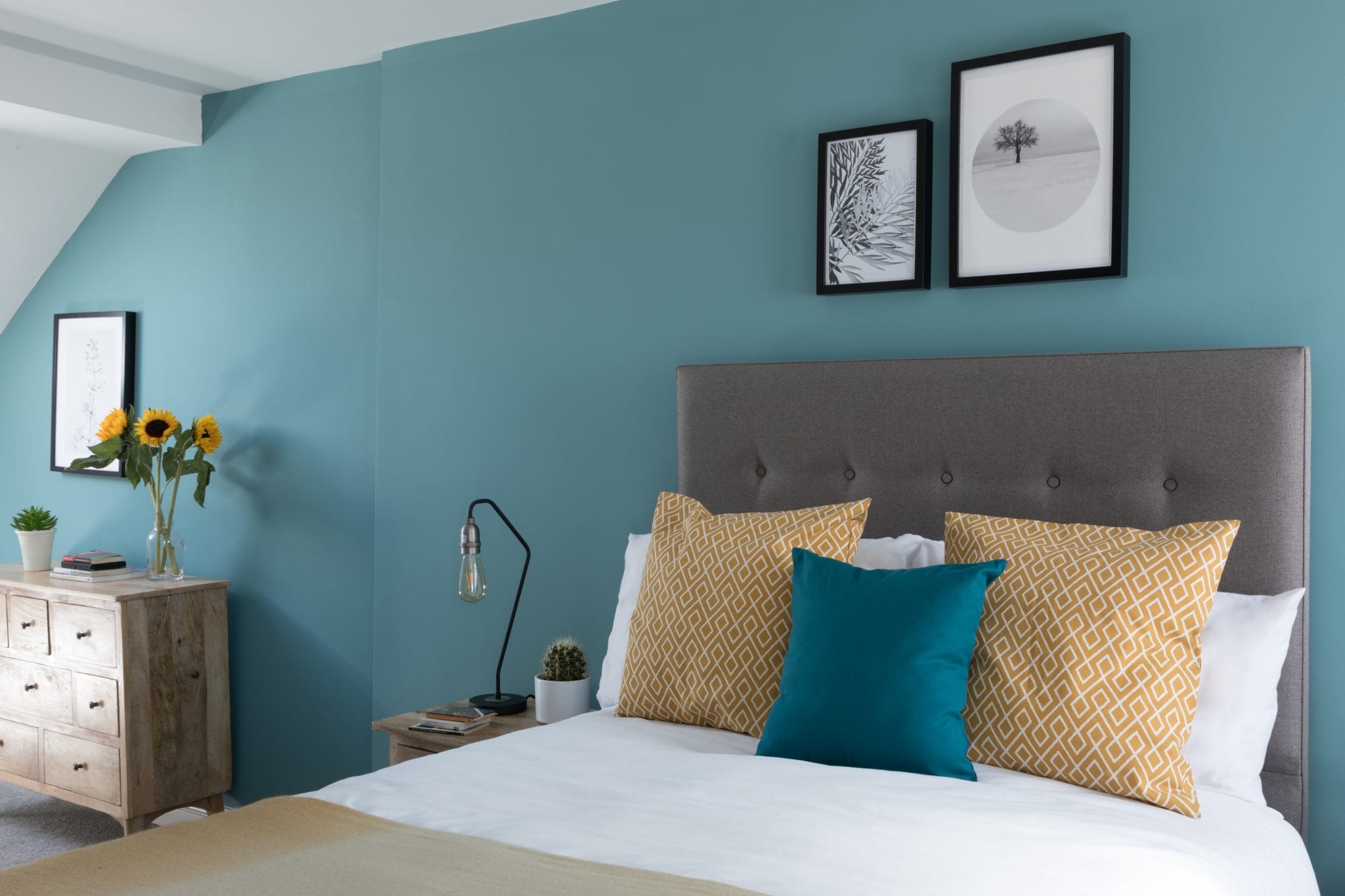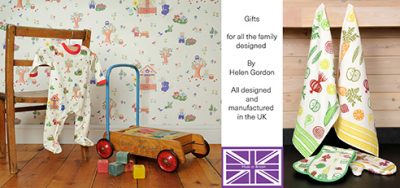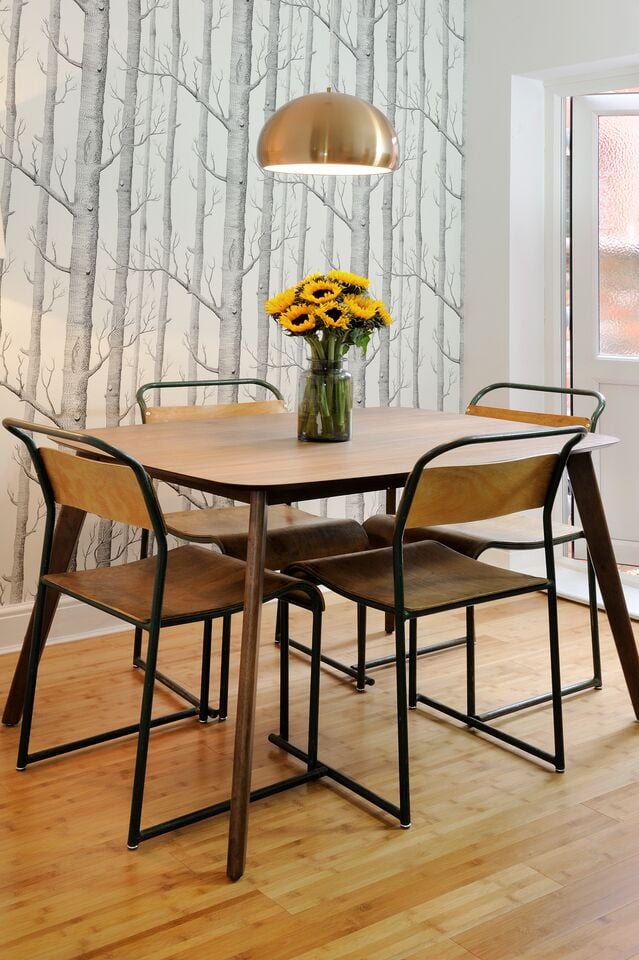Fast Homewares to Conscious Consumption

My journey from fast homewares to conscious consumption
I recently read a headline in Drapers Record that got me thinking about the origin and growth of fast homewares and why we, at Kite Creative, have decided to take a stand and move towards more environmentally conscious options.
The headline read; “Homeware: fashion brands look inside for new revenue streams. Housebound consumers have diverted their online spending to refreshing their home environments under lockdown. Many fashion brands have responded by extending their offering.”
Due to Covid-19, home improvement has been one of the biggest trends in 2020. The market research company, Kantar, found that homeware sales in Great Britain hit a peak of £1.3bn in the four weeks leading to 6th September, compared with £1bn in the four weeks to 26th January and £772m in the four weeks leading to 19th April. They also found that 49% of people had a go at DIY during the summer lockdown and a further 34% plan to make changes to their homes before Christmas. Supporting this theme, home retailer Dunelm has reported a 36.7% year-on-year increase in group sales for the 13 weeks to 13th September.
Over the last few years there have been numerous articles in the press on the rise of fast homewares. It’s evident that it’s still very much an expanding area in which retailers see as growth in revenue, with clothing brands such as Pretty Little Things and Net A Porter launching new homeware ranges to coincide with the latest UK lockdown.
Homewares is an area close to my heart and I sit here and ponder whether I have contributed to creating homewares fast fashion. During my 30-year design and buying career, I have developed numerous ranges for the homewares market, sourced many items for interior projects and along the way I have watched the industry become much faster paced.
Being aware of industry trends is a key part of being a good commercial designer and buyer. You use these trends to design and develop successful ranges for upcoming seasons, with the aim of them becoming your bestsellers and ultimately driving volume and profit for the business. As more retailers saw the potential for increasing sales by creating homeware lines, this led to more competition. In the early 2000’s this led to a reliance on predicting new trends and seeking innovative products to keep ahead of the curve.
There was very much the feeling that in order to increase sales, new products were needed at key dates within the seasons (Easter for example) and more products were made specifically for these times. Gradually, the homewares sector become much more like fashion, with key sale periods planned in, introducing specific styles and numerous offers to encourage more purchasing. Many products become more commodity driven, costs were reduced, and suppliers were squeezed for their best prices. The words of Kate Butler of Habitat printed in Drapers Records mirror this; “Similar to fashion, homeware is a discretional market, retailers need to create need to purchase. There are only so many things we can fit into our houses, so retailers have to convince people to buy and keep in mind personal financial challenges.”
As part of my job as a Buyer I was required to visit factories in the Far East, which has made me very knowledgeable about material origination and supply chains. It’s not until you visit these factories that you realise how fragile the supply chain is in terms of infrastructure in the countries they operate in. For example, one of the main industrial zones for homewares is in Moradabad, to the east of Delhi. This frequently gets blocked by horse and carts that have overturned in the road and can delay your delivery of stock by days. In China, whilst we used regulated, quality-audited factories, workers in some places still looked unhappy. This was because they were stuck in a compound area that they worked and slept in, kept away from the rest of their families who they could only see for a week at Chinese New Year. It’s when you see this that you realise the sacrifice these people are making to earn money, producing items that all too often will be thrown away after a very short time.
This really upset me and has stayed with me ever since. I tried to start changing this by setting up my childrens’ lifestyle brand, which was all produced in the UK. However due to the competitiveness of this sector and the huge volume of own-label goods sold by big retailers, it was very hard to achieve competitive pricing and volume.

More recently, whilst refurbishing interiors for investors and shopping to a budget, I have had time to reflect further on this. Although a lovely space is important to the wellbeing of a person, it’s the throwaway nature of buying cheap Homewares that I find particularly distasteful.
With the rise in popularity of Instagram, there has been an increase in homewares being purchased instead of big-ticket furniture items. Mintel reports that in 2018, furniture sales hit a record high of £17.2bn in the UK and £13.3bn of this was homewares. A lot of this gets thrown away, such as picture frames and wall art, most of which is produced from synthetic man-made materials and cannot be recycled.
Kate Butler, Head of Design at Habitat told Drapers; “Our homes are like our fashion choices, a personal expression of our own selves, and today more people are wanting to extend their ‘brand image’ across all areas of their lives. Most recently the home has become even more of a focus than going out, and there has been a definite, new fashion-conscious customer playing more interest to interiors during lockdown and recognising this is a new area of expression. It’s a natural progression, and one which is an exciting move for both fashion and interior brands.”
If find this very interesting and thought-provoking. It may be an exciting new trend, but we have to ask ourselves, at what cost?
Climate change is a very real threat, and we all have to make a stand now if we are to stop any more damage to the planet and reverse what has already been done. COVID has given us a much-needed excuse to pause and realise how important nature is for our wellbeing, identifying that there needs to be more alignment with our natural environment.
Part of my job as an Interior Designer is to discover the personality and needs of the people that will occupy the space I am designing for. This involves taking a step back, looking at the interior as a whole and suggesting new items as part of the process. Based on the above, I have decided to take a stand and prioritise sourcing sustainable materials and products moving forward.
It’s time we took responsibility for our actions and realise that our consumerism has consequences. I want to educate people on the harmful substances that may be found in products, the enormous, irreplaceable resources that go into developing the items and the incredible amount of waste that we are creating.
As a quick win, why not look for vintage pieces or buy a one-off piece that will last a lifetime and that you can pass on to someone else? How about buying from online retailers like https://www.mustardvintage.com who reclaim, restore and relove furniture pieces.
The beauty of changing interiors means that by simply moving items around a room or changing the paint colour, we can easily refresh our surroundings rather than encouraging the production of more items that in turn will create more and more waste.
Let’s get on the Conscious Consumption trend and change how we buy!

